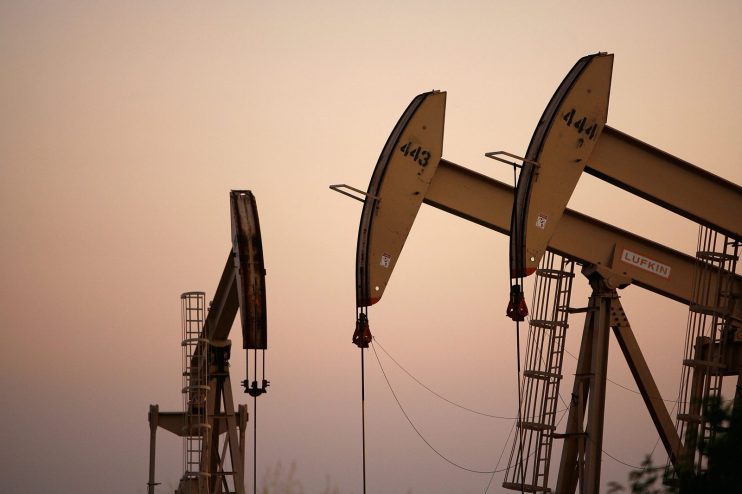Oil settles around $90 amid looming expectations of US interest rate hikes

Oil prices are hovering at around $90 per barrel on both major benchmarks, with expectations of growing demand this year weighed down by concerns over potential US interest rate hikes.
Yesterday, inflation soared to 7.5 per cent Stateside, fanning fears of multiple rate hikes over the course of the year, which could prove to be a key headwind for prices despite earlier speculation that the $100 milestone could be in reach during this quarter.
On Friday morning, Brent Crude futures fell 0.73 per cent to $90.74 per barrel WTI Crude declined 0.55 per cent to $89.39.
This suggests the two benchmarks are in line for their first weekly decline after seven weeks of gains, although prices remain historically high.
Sustained market rallies have largely consolidated seven-year highs, when Brent Crude prices soared to $94 per barrel on Monday.
Investors also await the outcome of US-Iran talks that could lead to increased global crude supply, which resumed this week after a 10-day break.
A deal could see the lifting of sanctions on Iranian oil and ease global supply tightness.
Craig Erlam, senior market analyst at OANDA said: “A deal is far from guaranteed though and with the market so tight, crude will likely remain elevated. It has helped take some pressure off but as we saw yesterday, there’s still plenty willing to buy into shallow dips.”
Meanwhile, the Organisation of the Petroleum Exporting Countries (OPEC) predicted yesterday that world oil demand might rise even more steeply this year.
The group forecast a gain of 4.15m barrels per day (bpd) this year, as the global economy posts a strong recovery from the pandemic.
The group, along with key allies such as Russia (OPEC+) has been consistently missing output targets, despite committing to raising supplies by 400,000 barrels per day, exacerbating pressures in the market.
Meanwhile US Crude oil stockpiles unexpectedly fell 4.8m barrels in the week to February, dropping to 410.4 million barrels as overall refined product, according to the Energy Information Administration.
This compares with an analyst forecasts of a 369,000-barrel rise.